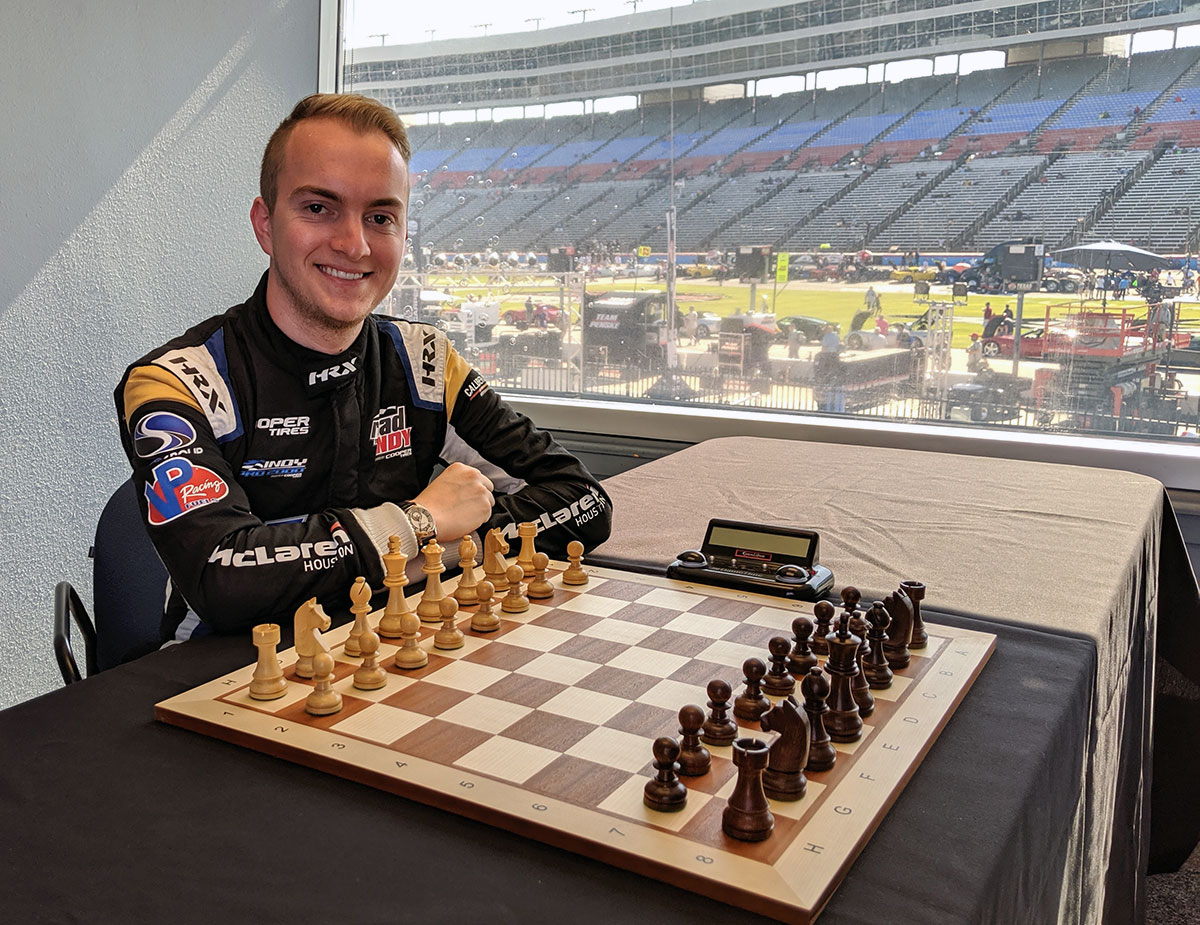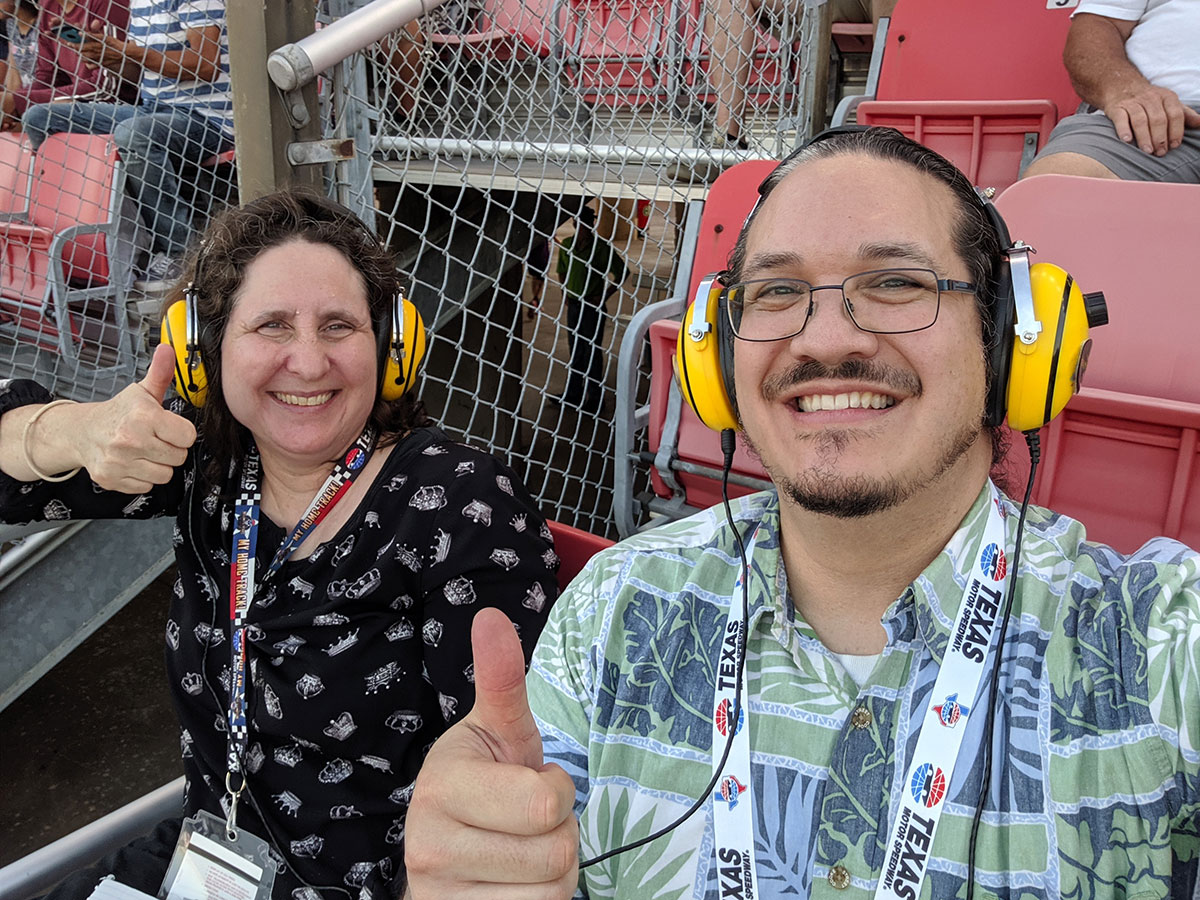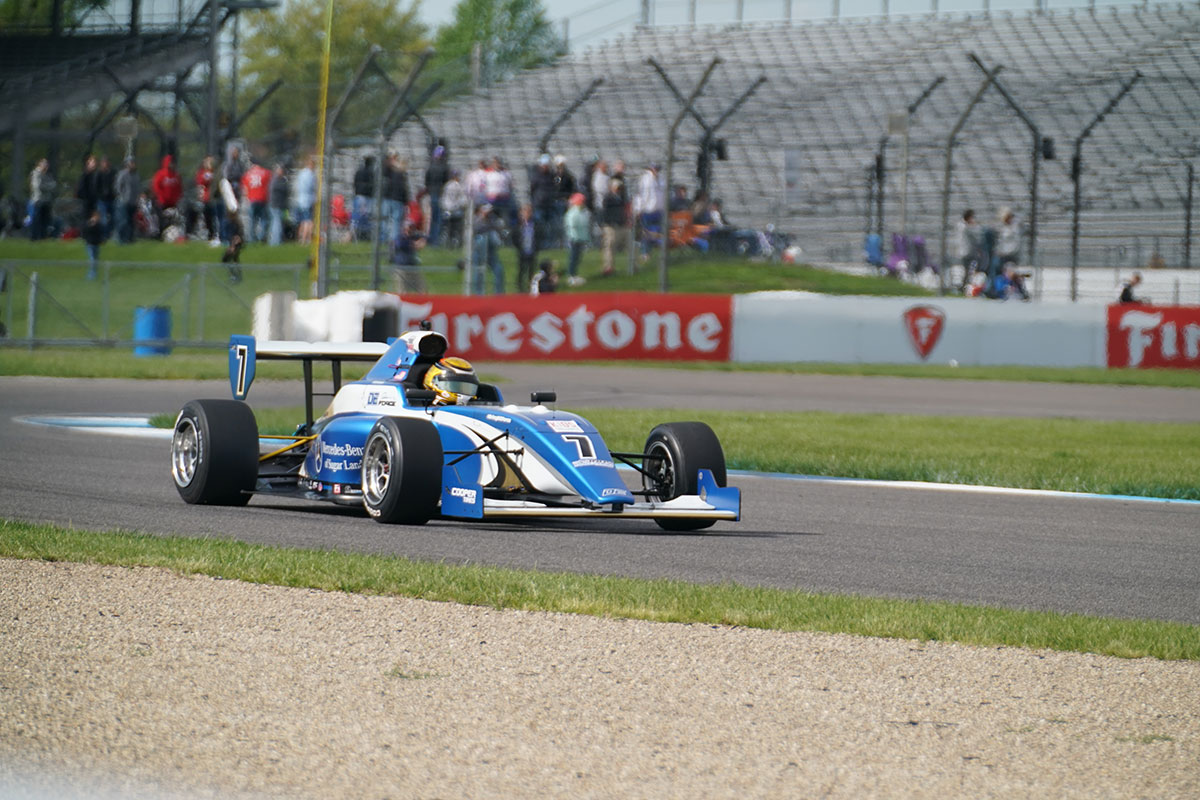Pro-Am chess
International chess has recently landed a high-power commercial partner in the form of Coca-Cola, but as a sport chess has fewer sponsorship dollars and fans than motorsports. I recently had a chance to discuss what chess might learn from racing with professional race car driver, and aspiring grandmaster, Kory Enders. Toni Calderon, partner at the Speed Group which represents Kory, arranged our meeting. Toni is the Executive Producer of The Gentleman Driver movie. Although I had never been to a race, or even watched one on television, his film got my attention. It focused on the rich amateurs who pay to race alongside professional drivers. I wrote an article, Money for Love, which included one similar example of pro-am (professionals-amateurs) in the chess world. More pro-am chess events, where amateurs pay to be teammates with professionals such as World Champion Magnus Carlsen, would generate financial support for chess.
Pro-am events might enlarge the fan base for chess too, as fans enjoy seeing amateurs compete with pros. As shown in The Gentleman Driver, the typical motorsports fan imagines himself in the amateur’s place and thinks “I could drive better” when the amateur crashes. The fan identifies with the amateur (gentleman) driver and idolizes the professional driver.

WIM Alexey Root in her first race track 'pit' stop
Grandmaster Jonathan Speelman recently wrote “Racing to Victory” about Guy Argo. Argo races in events such as 24 Hours of Lemons, an amateur endurance race where the cars cost less than $500 each. Argo is also an amateur chess player, rated 1900. Both racing and chess cost Argo money, which he possesses from being an entrepreneur and programmer. Someone like Argo could both finance a racing team (as a “gentleman driver”) and support chess (for example, through taking lessons with famous grandmasters such as Speelman). However, the 24 Hours of Lemons should not be confused with the 24 Hours of Le Mans or with other professional car races, where the race itself, each team, and each driver has sponsors.
Drivers Sponsors wanted
Kory Enders currently drives for DEForce Racing in the Indy Pro 2000 Championship Presented by Cooper Tires. Ultimately, he wants to become one of the approximately 35 NTT IndyCar drivers. NTT is a global information technology and communications leader that signed a multiyear agreement to become the entitlement sponsor for IndyCar. The 2019 NTT IndyCar Series has 17 races, from March 10 to September 22.
Motorsport series, racing teams, and individual races have sponsors, many of whom are long-term supporters of motorsports. For example, Firestone has served as the Official Tire of the IndyCar series and of the Indianapolis 500 race since 2002. Most FIDE (World Chess Federation) events lack title sponsors. However, on June 12, FIDE announced its cooperation agreement with Coca-Cola, with two pilot projects planned for July and August.
Individual professional chess players mostly lack corporate sponsors. In contrast, every professional driver has one or more sponsors. Kory is primarily sponsored by Mercedes-Benz of Sugarland and McLaren Houston. Ken Enders, Kory’s father, owns both dealerships.

Why not warm up with a blitz game?
Media matters
Before I met Kory on June 8, Toni and Speed Group general manager Alejandra Zubieta had arranged for Louis A. Reed Jr. and I to get media credentials and an infield parking permit at the Texas Motor Speedway. The plan was for me to interview Kory and for Louis to take photos and videos.
After Louis and I picked our credentials near the main ticket office, we parked near the media center. Then we met Kory. Kory had already eaten, but Louis and I ate the catered Babe’s Chicken Dinners provided free to media credential holders. For our interview, chess games, and photo shoot with Kory, the Texas Motor Speedway media center staff provided a room with a view of the racetrack, a table, chairs, an electric fan, and a black tablecloth.
After Kory left, Louis and I visited the pit (where cars get serviced during races) and then watched the DXC Technology 600 race from the grandstand. The 600-kilometer race unfolded below us and on the Big Hoss TV. The TV was especially helpful when showing replays, including one crew member hit by his team’s car in the pit, one spin out, one crash of one car, and one crash involving two cars. We also heard live commentary on our rented headsets hooked to a scanner.

Alexey and Louis listening from the grandstand
Organizers of chess events could learn from how media representatives are treated at motorsport races. At chess events, media representatives are at times treated as an afterthought and information is often ineffectively communicated to media and fans. Last November, renowned photographer David Llada tweeted about the inadequate conditions for the media during the 2018 World Chess Championship.
The new leadership of FIDE evidently agreed, and Llada is now the Chief Communications Officer for the international chess federation. The most recent FIDE event seemed more media and fan-friendly. The 2019 FIDE Women’s Candidates Tournament had a Media Kit, live games broadcast, commentary in Russian and in English, and an engaging website.
Fans tie it all together
More fans means more sponsors, as sponsors want their products in front of those fans. According to a motorsports industry overview, “Motorsports events generally are heavily promoted, with a number of supporting events surrounding each main race event. Examples of supporting events include secondary races, qualifying time trials, practice sessions, driver autograph sessions, automobile and product expositions, catered parties, fan forums, live television and radio shows and other related events, which are all designed to maximize the spectators’ overall entertainment experience and enhance the value to sponsors.” Before I watched the evening’s 600-kilometer race, I saw campers and tail-gaters in the campgrounds and parking lots, an autograph session by 5-time IndyCar Champion Scott Dixon, a midway full of racing-related products, and a Corvette car show. And I was only at the Texas Motor Speedway for eight hours.
Judit Sztaray, a chess organiser and Formula One racing fan, emailed, “I’m a big car racing fan. I was born and raised in Hungary. Anywhere in Europe, you grow up watching F1 races every Sunday at 2:00 pm. I also remember going to the Hungarian Grand Prix, and sitting on the grass to watch the cars, and that was during communism and early democracy for us. I have been to the Ferrari Museum in Maranello, and experienced the La Notte Rossa, the Red night, where the whole town is FULL of Ferraris, and amazing activities.”
Sztaray is bringing her background as a racing fan, and her five years of experience as Executive Director of BayAreaChess, to the Mechanics’ Institute Chess Club as its new General Manager of Youth Outreach and Events. Judit emailed, “Our goal is to grow scholastic chess in San Francisco, as well as offer regular/open tournaments to the general community that they need. We are looking at innovative ways to incorporate fans into the following of the events.”
The Saint Louis Chess Club also caters to chess fans. According to “Champions Showdown Conclude” by John Hartmann, “Chess fans on-site at the Saint Louis Chess Club were also winners. The spectator experience in Saint Louis is hard to top, with access to the playing area, top-level analysis in the Kingside Diner, and plenty of opportunities for off-hand play.”
Steps to the sixty-four squares
The steps to becoming a professional racecar driver are known. 95% of race car drivers begin by racing go-karts. “My dad wanted to be a racecar driver,” Kory told me. “Our family moved from Warwick, New York, to Houston when I was four years old. My dad soon took me to a go-kart track in Katy, Texas.” Although Kory raced go-karts professionally, he took a four-year break from racing to finish high school. But he always knew that, once he graduated, he would follow the Road to Indy.
At Clements High School, Kory joined the chess club but was not an active participant. During his last year of high school, Kory noticed two students playing chess in a room where all of them had just finished final exams. From those students, Kory learned about a post-graduation chess championship for Clements High School students. Kory won that championship, earning a “captain’s patch.”
After graduating from high school in 2016, Kory’s interest in chess grew. Kory watched a YouTube video of Magnus Carlsen defeating 10 opponents while blindfolded. Then Kory defeated his mother in a blindfold chess game. He plays chess online frequently.
While Kory has a passion for chess, he did not know how ratings and titles worked. Louis explained to Kory how over-the-board ratings differ from online ratings, who the best players are in Texas, and what are typical rating levels for international masters and grandmasters. However, the path to chess grandmaster still was unclear to Kory. Which ratings (online, regional, national, and FIDE) are important and how to get international titles, which require not just ratings but norms in particularly-formulated tournaments, are some aspects that remain mysterious to Kory and many others outside of organized chess. Removing that mystery would benefit aspiring chess players and potential fans of chess.
Kory’s off-season is from October through February. During the off-season, he will search for additional team sponsors, improve his racing skills, and continue outreach efforts such as Hot Laps. Following those steps will, he said, help advance his racing career. He is less sure about how to pursue his dream of becoming a grandmaster, though he did ask me for advice on what parts of his chess game need improving.
Kory’s Chess
Kory said that his chess style is “identical to” his racing style: highly calculated. Sometimes, he said, he thinks too much about what his opponent might do. In racing, calculating has helped him minimize crashes. But he is sometimes not as fast as a driver who calculates less but who has a more aggressive, “pedal to the metal” style.
When I played Kory one online game on May 16, I did not know his chess background or that he had another online account with a higher chess rating. The rating on the account he played on against me was under 1100. After Kory’s second move, 2.♕f3, I thought I would have an easy win. After all, I know how to avoid a Scholar’s Mate and generally this early queen foray is an inferior move. However, after my blunder (12…♞e8?), Kory won efficiently.
In my next article, “What racing can learn from chess,” I will share videos of how Kory did in his in-person games against me.

Enders in action | Photo: Patagonia Visual Solutions
All photos by Louis A. Reed Jr., unless otherwise indicated.



























